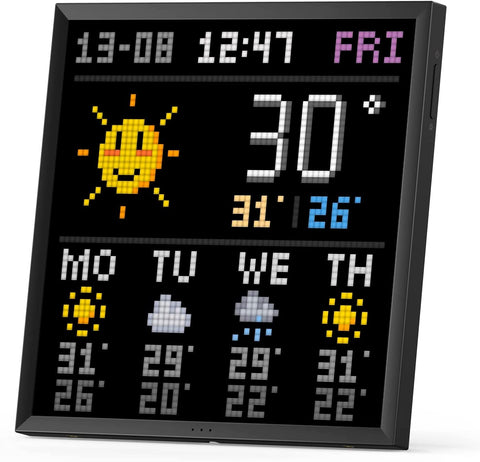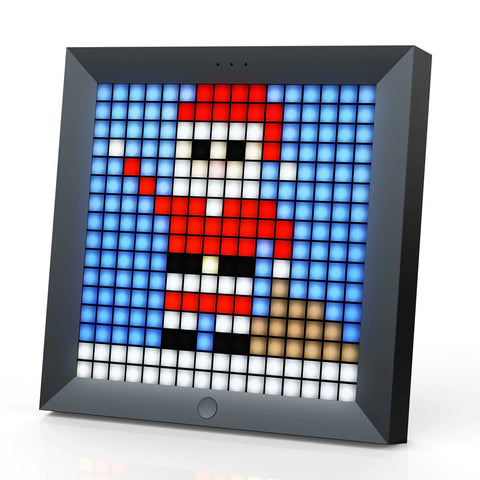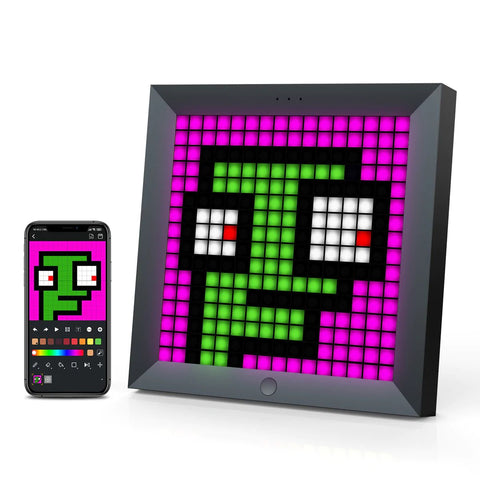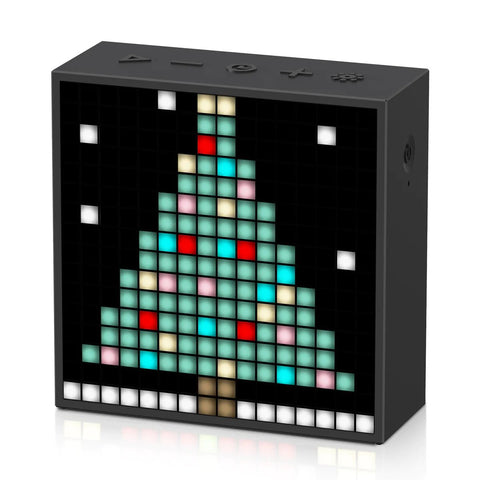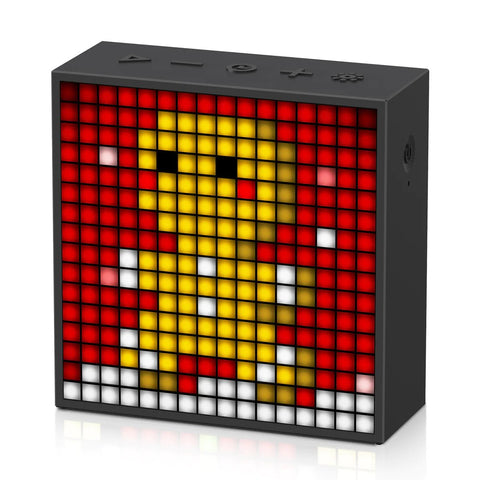An Overview
Lighting has a profound impact on the aesthetic and functionality of any space. When we add the element of pixelation to lighting, we transcend the everyday, jumping into the realm of interactive and immersive experiences. Crafting pixelated light displays has become increasingly popular, especially in game rooms and offices. As an expert in the field, I offer you an in-depth understanding of this fascinating trend and practical advice on creating your own captivating displays.
What is Pixelated Lighting?
Pixelated lighting, also known as digital or LED pixel lighting, involves the use of tiny, discrete lights (pixels) to create intricate, dynamic, and sometimes interactive visual displays. A perfect blend of technology, art, and lighting, these displays can redefine the overall mood and ambiance of your game room or office.
Applications in Game Rooms
Pixelated lighting has caused quite a stir in the gaming world. Not only does it enhance the game room's aesthetic appeal, but it also improves the gaming experience. Here’s why:
- Immersion: Pixelated lighting can mimic the events happening on-screen, creating an immersive gaming environment. For example, if you're playing a combat game and an explosion occurs, the lights could flash in sync.
- Atmosphere: Crafted light displays can elevate the ambiance, transforming a regular gaming space into an exciting, vibrant one. You can even customize the lighting to reflect the theme of the game you're playing.
Use Cases in Offices
While game rooms are the obvious choice for pixelated light displays, you'd be surprised at the transformative effect they can have on office spaces. Here's how:
- Productivity Enhancement: Varied colors and brightness levels can influence mood and productivity. For instance, cooler lights stimulate alertness, making them great for meeting rooms.
- Brand Identity: Pixelated lighting can represent your brand colors, reinforcing your company's identity. It ensures your office is not just a workspace but a reflection of your brand’s ethos.
The Crafting Process
Creating a pixelated light display may sound complex, but with a step-by-step approach, you can slowly, but surely, master it.
- Planning: Before embarking on your pixelated lighting journey, consider what you want to achieve. Plan out the display's size, shape, and color schemes.
- Choosing the Hardware: From LED pixels strip to controllers, it's crucial to choose the right hardware. Consider the brightness, pixel density, color rendering, and the overall quality of the components.
- Programming: This involves coding the pixels to create the desired patterns and effects. There are various software available that simplify this process, even for beginners.
- Installation: Once everything is programmed and tested, install your pixelated light display in the desired location. Remember, the installation process may require some electrical know-how.
Final Thoughts and a Gentle Reminder
Pixelated light displays are a creative way to transform the ambiance of your space; be it a cosy gaming room or a bustling office environment. The possibilities are limitless, and with some effort, you can create a spectacular display that's tailor-made for your needs.
Remember, safety should always be your first priority. Always opt for good quality hardware that meets safety standards and if you're unsure about any part of the installation process, seek professional help.
So go ahead, unlock your creativity and brighten up your space with pixel-perfect lighting!





